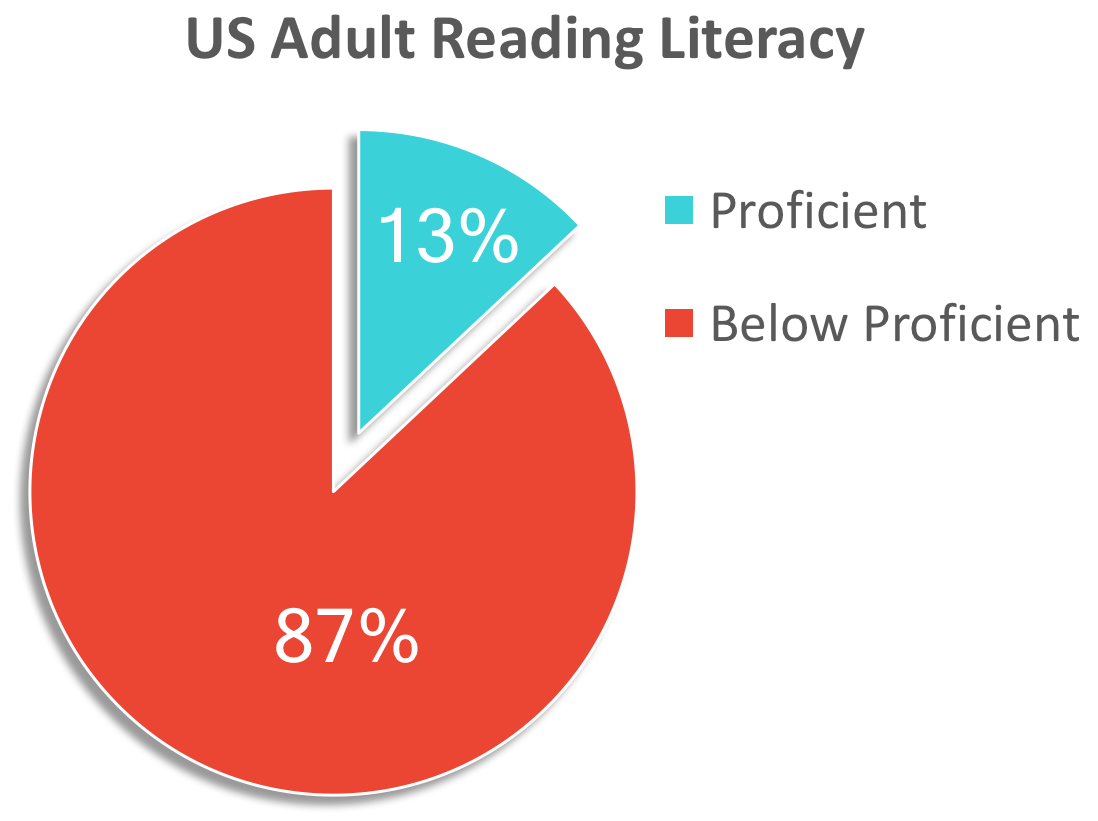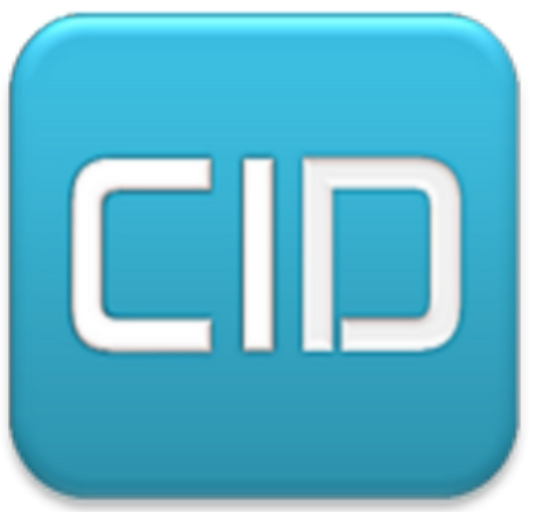Technology
Your Field & CID
How The Technology Field Benefits from CID
Electronic media has special challenges when trying to transfer information to its users.
For one, the screen size changes depending on the device the user is viewing. (There are 2 findings in CID that address this situation directly.)
Another is that time spent per ‘page’ often varies with less time spent on electronic screen page vs print media. So it is important to catch the attention of the viewer quickly while succinctly & efficiently transmitting your message in an easily discernible method in order to ensure the viewer stays with your site. (Again, there are scientific findings CID uses to address these challenges.)
A third challenge pertains to situations using multiple access stations by multiple parties.
A survey among nurses at 25 leading acute care facilities across the USA found ‘that existing systems are often splintered, unable to interface, and require multiple logins to access or enter data.
Journal of the American Medical Informatics
On the other hand, electronic formats offer tools that can more readily engage viewers such as video, audio & linking.
Cognitive-based Information Design [CID] addresses these topics from the user’s point of view while introducing a 3-step process that eases access to information.

Who can benefit from learning CID?
On-line course developers
Creators of computer presentations
Website designers and…
Any organization that needs to transmit product & service information, perform training sessions or provide instructions could benefit from creating cognitive-based information.
CID can have a positive effect on the rate of learning, interest in learning, engagement with & retention of topic information with customers, employees & stakeholders.
This can result in more effective training sessions, processing tools, facilitate ease of product use & access to information while providing more effective & accurate understanding of your products and services.
……………………………….
Quotes:
[The material is]… to the point. No nonsense. And hits the mark.
Service Organization, Executive Director
It reads so fast. I especially like that you format with the phone / tablet screen in mind.
Service Organization, Executive Director,
Re: on-line newsletter
“This email is amazing. I was finished reading it before I realized it …and I got it. What did you do?”
financial advisor

Data from the U.S. Department of Education, National Center for Education Statistics.
- Literacy was defined as the knowledge & skills needed by adults, in life & at work, to use information from various texts (e.g., news stories, editorials, manuals, brochures) in various formats (e.g., texts, maps, tables, charts, forms, time tables).
- The test questions were developed to assess the respondent’s ability to: retrieve, compare, integrate & synthesize information from texts & to make inferences, among other skills.
- The population included adults ages 16-65 from varied socio-economic status, across gender & educational levels.
- The 87% below Proficient were divided into the following subsections: Intermediate, Basic, Below Basic.]
A silent PROBLEM
ADULT READING ABILITIES
The majority of US adults have been found to be below proficient in their ability to read, interpret & apply what they read accurately.
Our culture is being inundated with information yet the majority of U.S. adults may have difficulty properly interpreting or correctly understanding what they read.
This poses a pivotal challenge to professionals whose job it is to effectively convey information using text.
A simple SOLUTION
Information shown in cognitive-based formats (CID) can help people to accurately interpret visual or written information. Investing 4 hours to learn CID in a hands-on workshop is cost-effective and will improve the quality of your communications.
“The great myth of our times is that technology is communication.”
Libby Larsen
Composer
© 2022 The CID Group, LLC. All Rights Reserved.
Web Design by LimeGlow Design.
